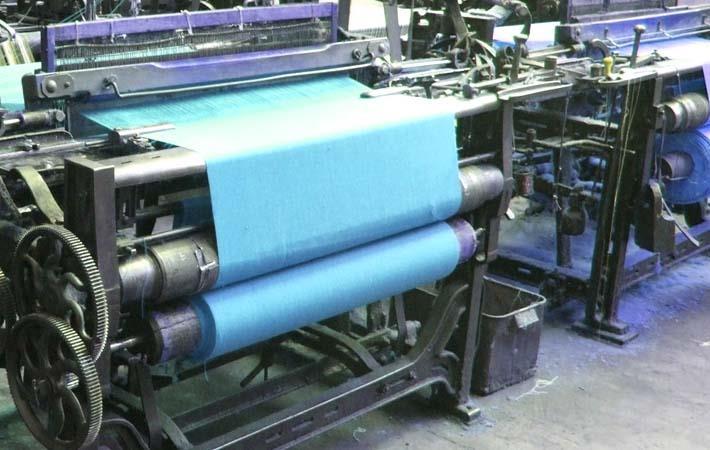The process by which two yarns are interlaced on a power loom to form a woven fabric is called weaving. The two yarn sets are called warp and weft. There are many processing steps involved in weaving to get the result of a fabric that is suitable for tailoring and producing garments.
Weft winding, yarn clearing, warping, sizing, knotting, and weaving on a high speed weaving machine are some of the processes that are to be followed to create a woven fabric, which is then finished using chemical and mechanical means to make the fabric softer, smoother, and wearable.
3 basic steps in preparation of a yarn
We first need to understand the meaning of warp and weft before we learn the different steps of the weaving process. Warp yarns run along the entire length of the fabric while a weft crosses the warp interlacing its right angle.
On any type of loom, the weaving process is followed in 3 basic steps, which are listed as follows:
- Warping: During this, the warp is wound on the warp beam of the loom.
- Sizing: During this process, the beamed yarns are treated with starch to improve their performance so that the warp does not break during the process.
- Drawing-in: The warps threads are then are threaded into the heald shaft of the loom after drawing them off from the beam.
Following is the weaving sequence that utilizes all the 3 steps mentioned above:
- Shedding: The heald shaft is continuously raised and then lowered down so that an open space called shed is in between the warp layers. The sequence of changing the position of the heald shaft determines the final weave pattern.
- Picking: This is another name for weft insertion in which the weft is carried by a shuttle system into the shed that was created in the step mentioned above.
- Beat-up: During this step, a reed is used to push the weft yarn against the woven fabric.
The process keeps repeating these steps until a complete length of the fabric is woven and ready for finishing.
Weft insertion systems in modern looms
Some common technologies used in modern looms are:
- The projectile technology sharply increases the speed of warp shedding.
- Rapier technology is used for manufacturing technical textiles like Carbon fiber.
- Water jet weaving is commercially used for manufacturing polyester sarees and shirting.
- Air jet picking increases productivity during weaving and is used to create denim and other heavy-weight bottoms.
- Multiphase weaving is a technology by which many weaving cycles run at any given time and thus, can produce greater width of a fabric in an hour.
- Composite fabrics can be created using multi-axial technology for weaving.
- Needle weaving is used when the yarn produced needs to have higher tensile strength such as belts and ropes.
Weaving efficiency is greatly dependent on the selection of the right yarn and correctly preparing it for weaving. Different textures of woven fabric can be produced by varying the interlacing pattern and angle of weft insertion.
















